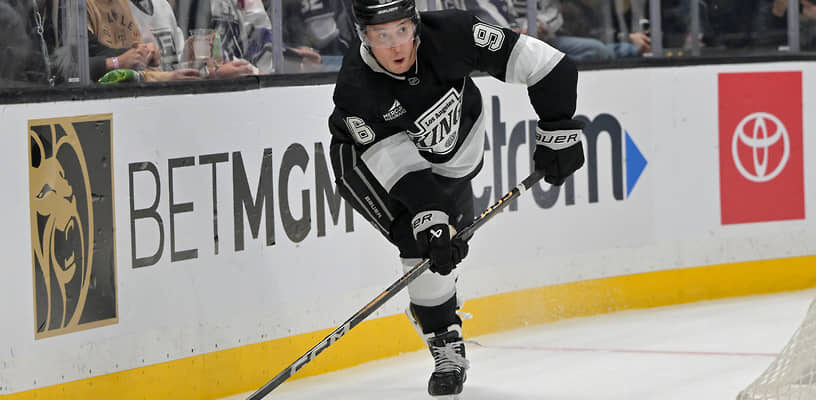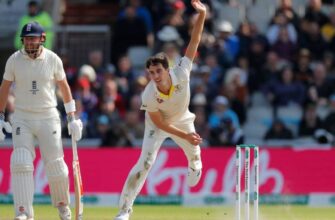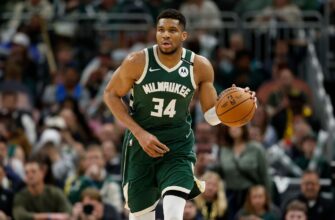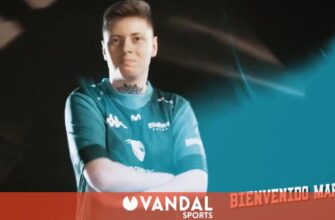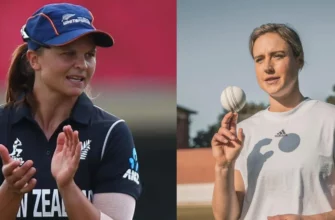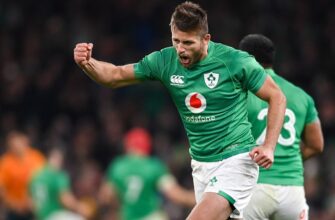With the dust settling on the recent flurry of free agency signings and key trades, the National Hockey League offseason has profoundly reshaped the competitive landscape. As teams strategically position themselves for the upcoming campaign, the narrative has split between those striving for continuity after success and those making bold moves in pursuit of Stanley Cup contention. This summer`s activity, largely completed following the 2025 NHL Draft, offers a revealing look at team building philosophies across the league.
The Florida Panthers` Masterclass in Retention
Fresh off securing their second consecutive Stanley Cup, the Florida Panthers faced a daunting challenge: retaining a trio of critical unrestricted free agents in Sam Bennett, Aaron Ekblad, and Brad Marchand. Conventional wisdom suggested that keeping all three cornerstone players would be nigh impossible under the salary cap structure. Yet, General Manager Bill Zito, demonstrating what could only be described as cap-space sorcery, successfully negotiated multi-year extensions for all three.
Sam Bennett, who elevated his game considerably during the playoff runs – culminating in a Conn Smythe Trophy performance in 2025 – was arguably the most indispensable. His physical presence and net-front dominance proved instrumental. Securing him for eight years at an annual cap hit of $8.0 million appears, in the immediate aftermath, to be a significant win for the Panthers, possibly even a bargain given his playoff pedigree.
Aaron Ekblad, a top-pairing defenseman, represented another major hurdle. Defensemen of his caliber rarely reach the open market, and a bidding war seemed inevitable. His decision to return to the Panthers on an eight-year deal averaging $6.1 million per season suggests that the appeal of competing for championships, combined with effective negotiation, trumped potentially higher offers elsewhere. Given the departure of fellow blueliner Brandon Montour the previous summer, retaining Ekblad was crucial to maintaining defensive stability.
Brad Marchand, acquired at the trade deadline, seamlessly integrated into the Panthers` lineup, providing veteran leadership and scoring punch. While his six-year extension at $5.25 million per season raises eyebrows purely based on his age (37), the undeniable impact he had on the team`s culture and playoff performance likely factored heavily into the decision. It`s a contract that perhaps values intangible contributions as much as future output, a calculated risk for a team aiming to maximize its current window.
In totality, the Panthers` ability to keep their core intact post-championship represents a significant strategic victory and sets a high bar for other contenders.
Big Swings and Calculated Risks Across the League
While Florida focused on continuity, several teams opted for aggressive acquisitions to change their trajectory.
Perhaps the most significant move saw the Vegas Golden Knights land star winger Mitch Marner via a sign-and-trade with Toronto. Marner`s eight-year, $12.0 million AAV contract is a substantial commitment, but one consistent with Vegas`s modus operandi of acquiring elite talent (see Eichel, Stone, Hanifin). Pairing Marner with Jack Eichel immediately creates one of the league`s most dynamic duos and signals Vegas`s intent to return to the Stanley Cup final conversation posthaste.
The Carolina Hurricanes were another busy club, adding two significant pieces. Nikolaj Ehlers, arguably the top forward available once the initial wave subsided, signed a six-year, $8.5 million annual contract. Ehlers brings speed and scoring needed in Carolina`s top six, addressing a perceived weakness. Complementing this, the acquisition of defenseman K`Andre Miller from the Rangers (eight years, $7.5 million AAV extension) provides a high-upside blueliner. While Miller`s performance has fluctuated, Carolina hopes placing him alongside a stable partner like Jaccob Slavin will help him recapture his potential. These moves suggest Carolina is loading up specifically to challenge the Panthers in the Eastern Conference.
Out west, the Utah Mammoth, building momentum in their first season, acquired restricted free agent winger J.J. Peterka from Buffalo, immediately signing him to a five-year, $7.7 million deal. Peterka, coming off a career-best season, injects youthful scoring talent into Utah`s forward group, positioning them as a potential playoff dark horse.
The Philadelphia Flyers made a low-risk, high-reward play by trading for Trevor Zegras from Anaheim. Zegras, a talented but injury-prone forward on an expiring contract post-2025-26, offers versatility and offensive creativity. The acquisition cost (a second-round pick and Ryan Poehling) is modest for a player with his potential ceiling, providing the Flyers with a chance to add a dynamic piece if he can stay healthy and regain his form.
Adding a veteran presence, Mikael Granlund signed a three-year, $7.0 million annual contract with the Anaheim Ducks. After a successful stint in Dallas, Granlund returns to California, providing needed center depth and experience for a team that traded away Zegras.
Meanwhile, some moves felt rooted in hope as much as certainty. The New York Rangers signed defenseman Vladislav Gavrikov to a seven-year, $7.0 million contract. While intended to solidify their top pairing alongside Adam Fox, the signing raises questions about fit and value on an aging roster that missed the playoffs and traded a franchise icon earlier in the offseason. It appears they are, perhaps, clinging to a defensive identity from past seasons.
In Winnipeg, the return of veteran center Jonathan Toews on a one-year, incentive-laden deal after a two-season hiatus is a feel-good story. While his leadership could be invaluable, particularly after losing Ehlers, relying on a 37-year-old coming off a long break to significantly impact on-ice performance is a notable gamble for a team that won the Presidents` Trophy but faltered in the playoffs.
Conclusion: A League Reimagined
This NHL offseason has been a fascinating study in contrasting approaches. The Florida Panthers prioritized keeping their championship band together, demonstrating that sustained success can be a powerful recruitment tool even against the allure of free agency riches. Simultaneously, teams like Vegas and Carolina made substantial investments to elevate their rosters and directly challenge the established hierarchy. Other clubs made more targeted, calculated moves to address specific needs or add potential upside.
As teams transition from roster construction to on-ice execution, the success or failure of these strategic decisions will ultimately be judged when the puck drops. The stage is set for a compelling season, defined by new player-team dynamics and the ongoing quest to dethrone the reigning champions.

